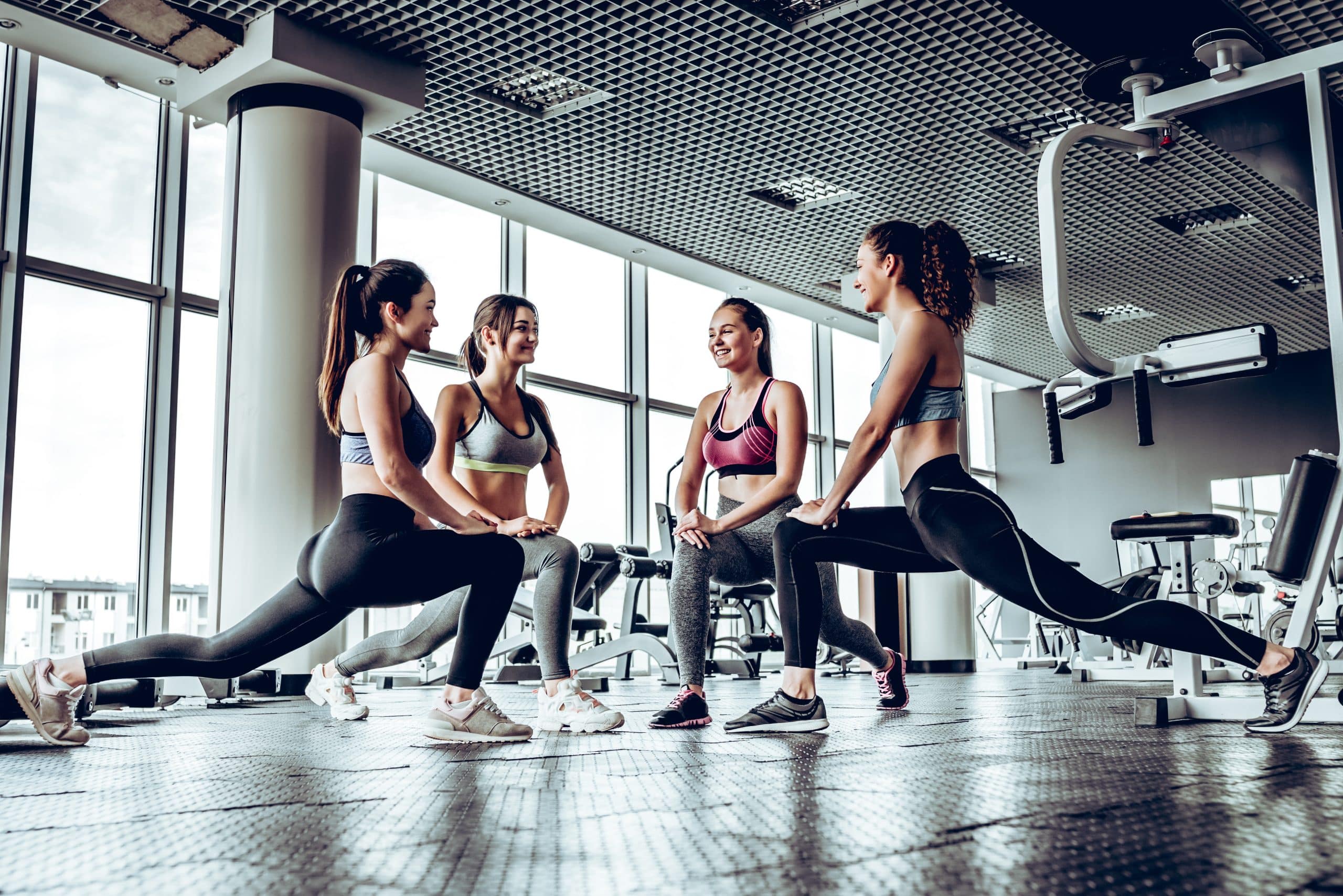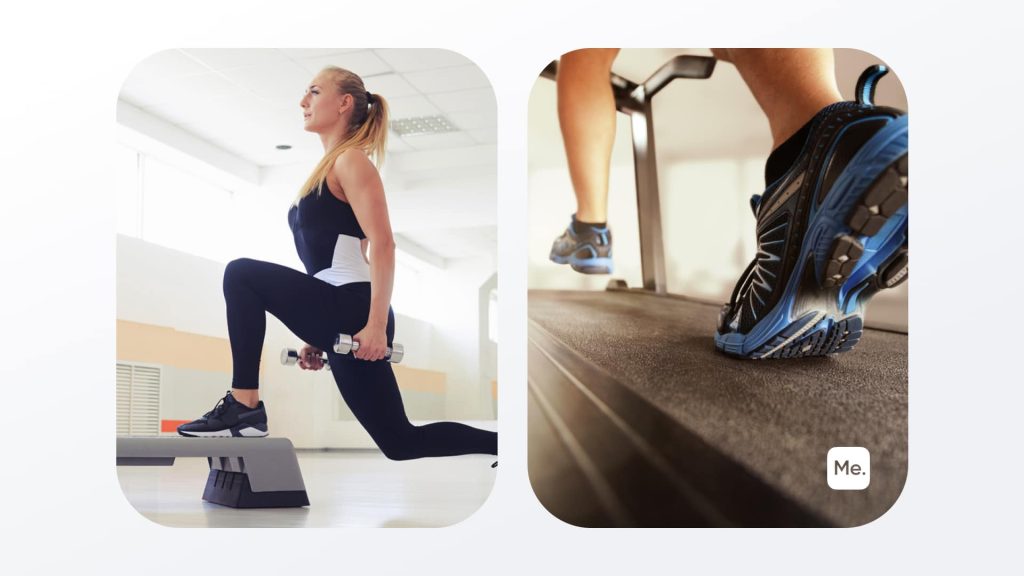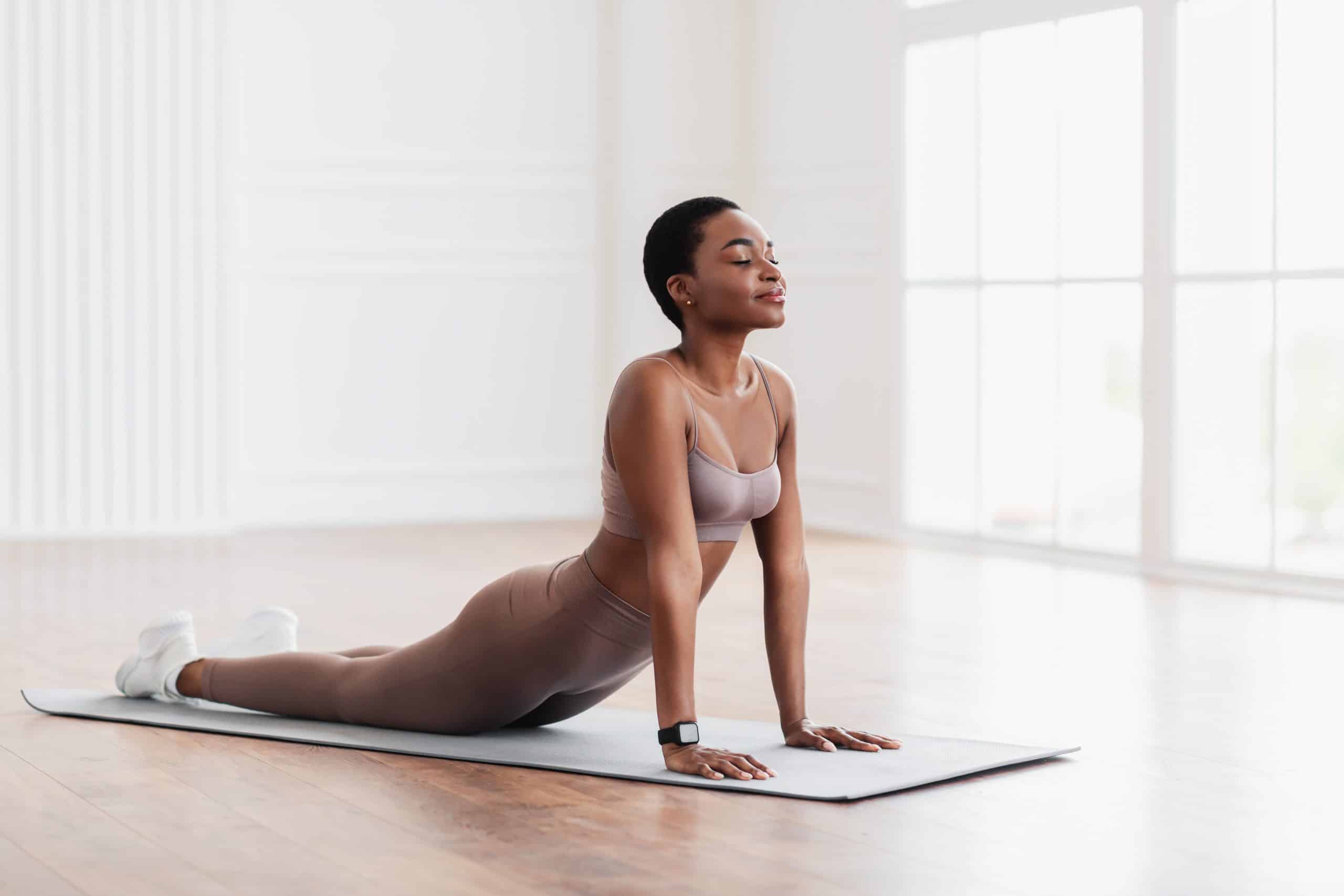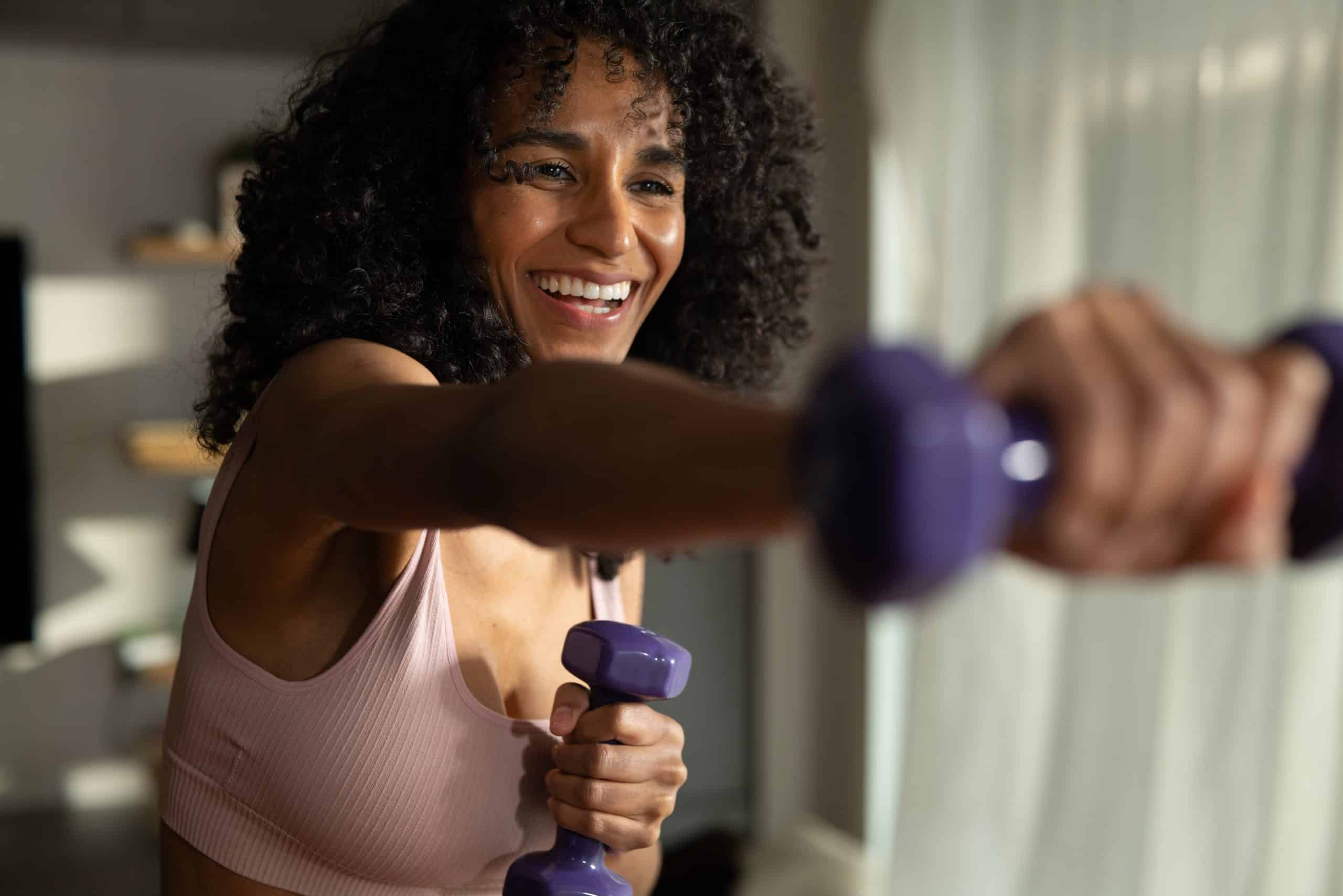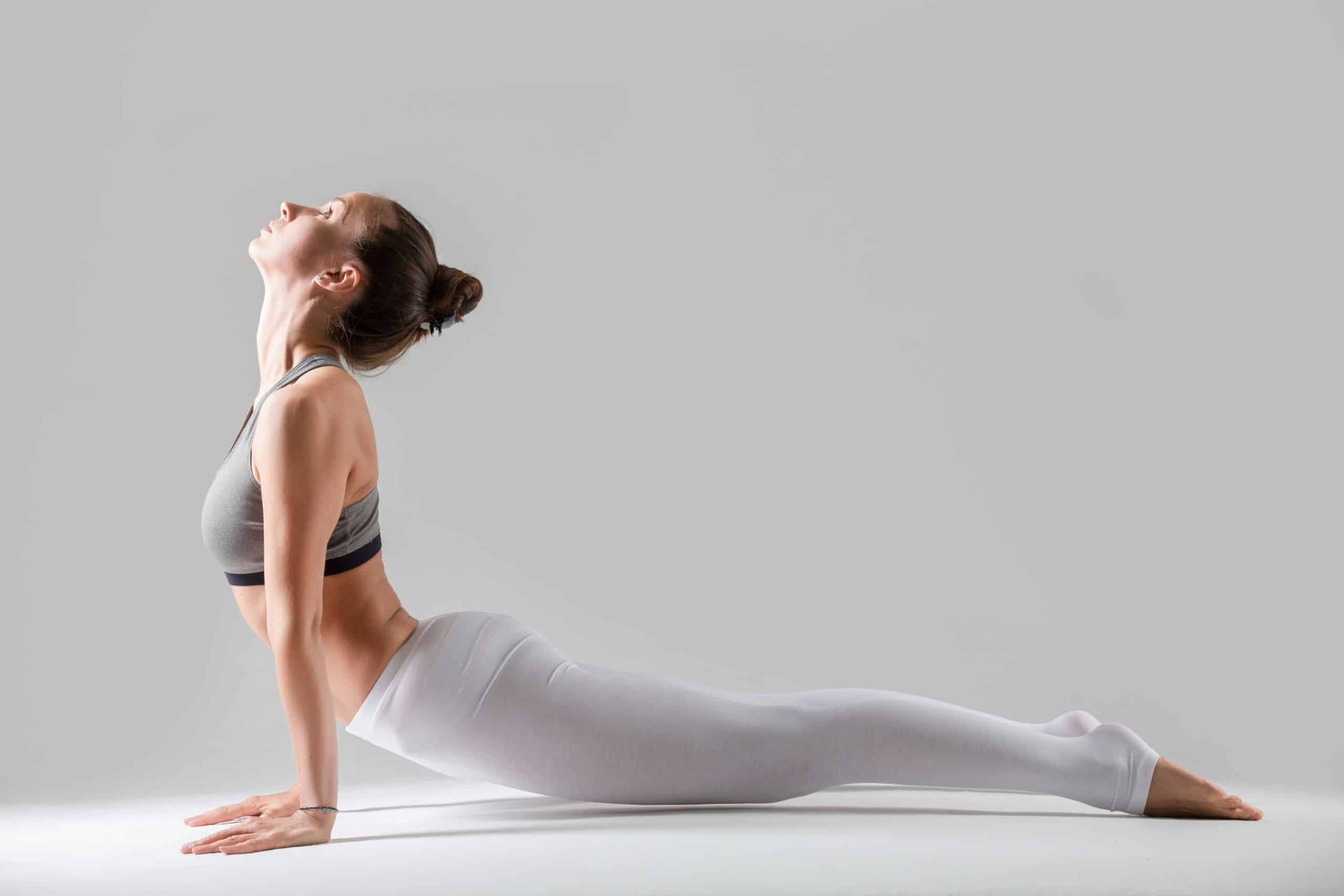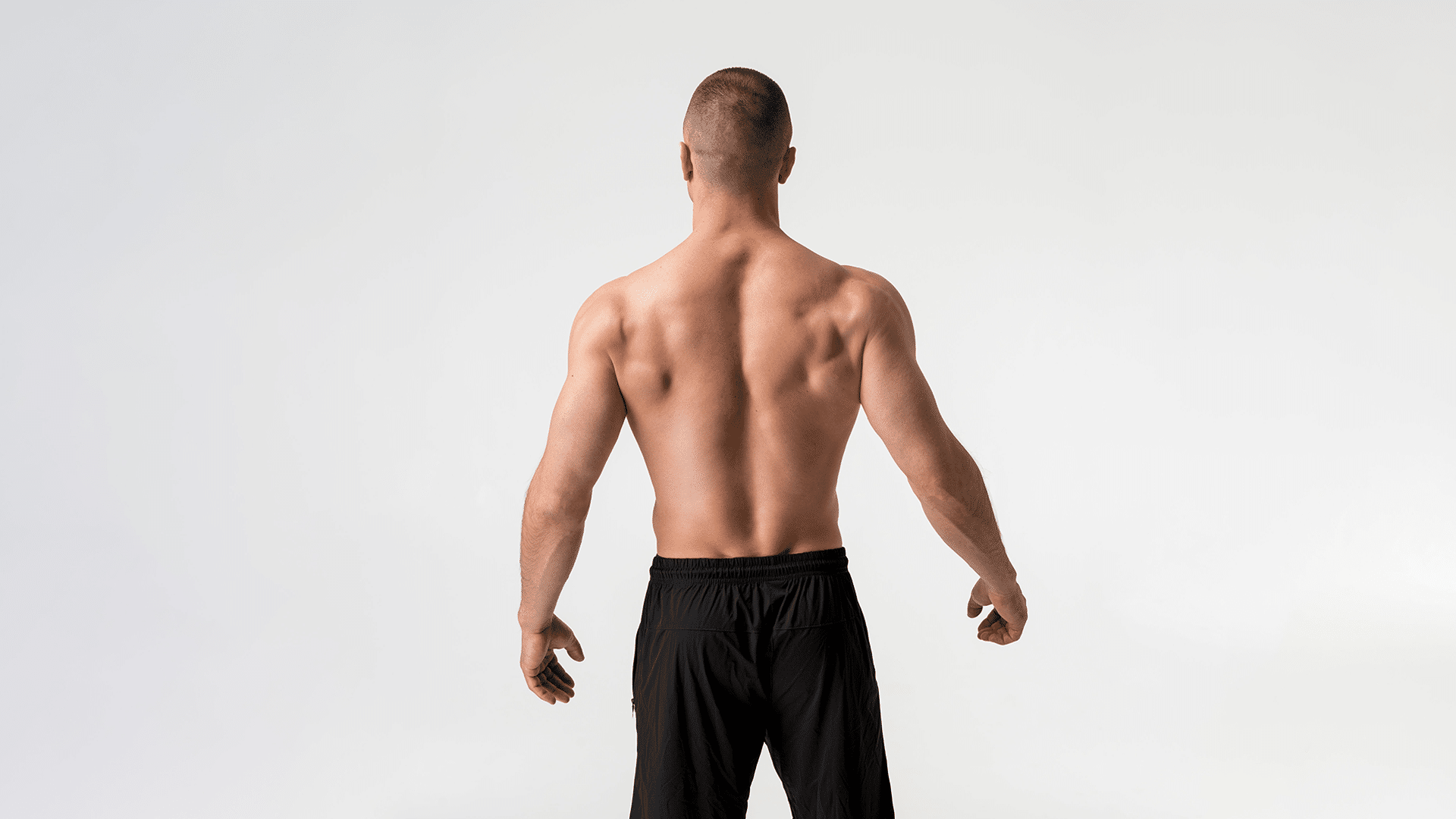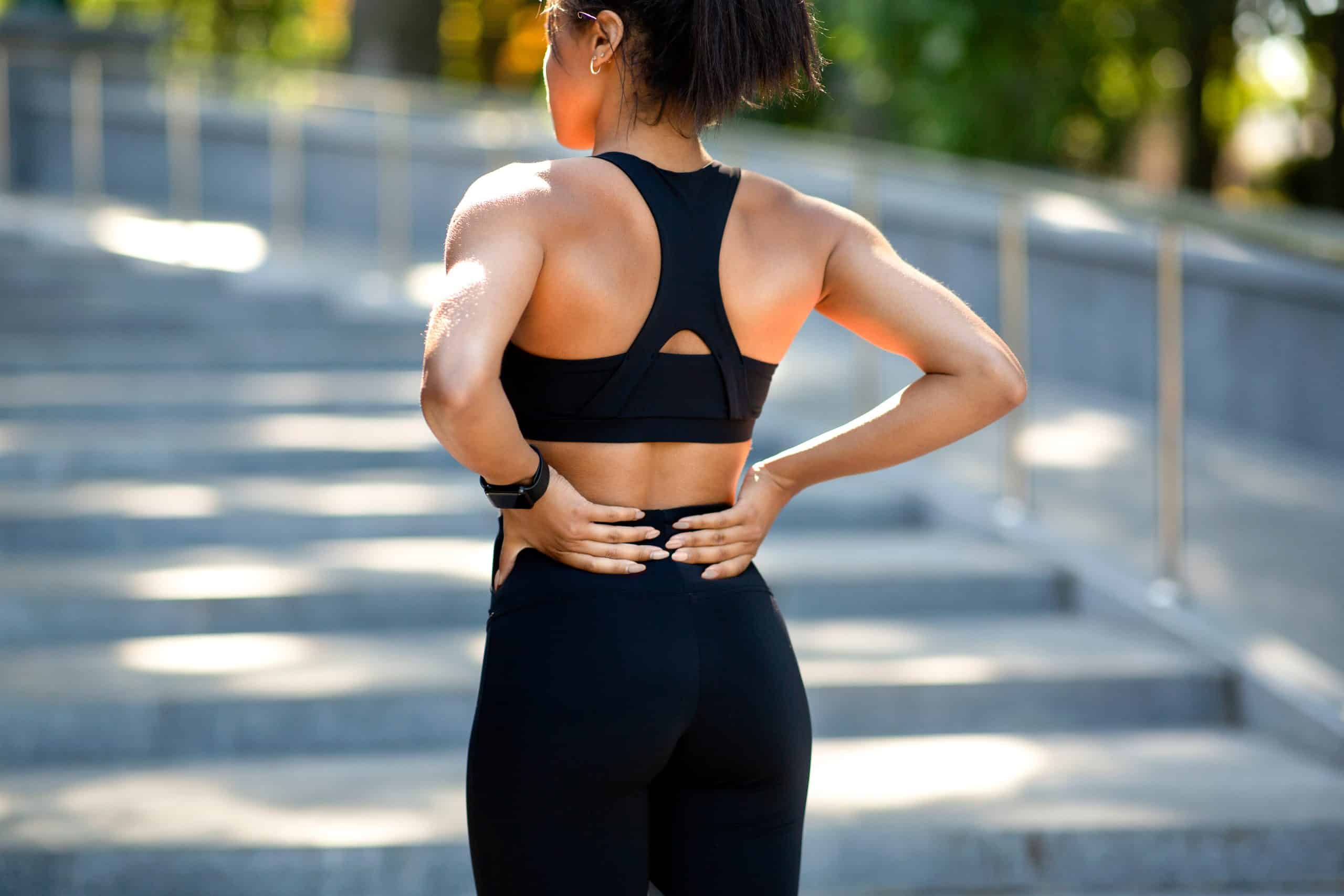You’re probably aware of the crucial benefits you can reap from squatting. It begins with a stronger body and leaves you with perkier booty and aesthetic quads. Beginners start with simpler squats and after completing the right technique they may challenge their muscles with weights and other squat variations. Goblet, back, front, split, and single-leg, to name a few, apply to every person depending on their athletic abilities and general goals. Today, we’re going to flick through one of the most common variations of the back squat and identify how to execute this exercise properly without hurting your knee joints or back. You will also realize which muscles are engaged during back squats and learn a little bit about the difference between back and front squats. Keep your back squat muscles worked with the right technique. Let’s get started!
Why Is Back Squats The King Of Exercises?
Calling a back squat a king among other squats has its reasons. Back squatting is considered to be one of the most effective training to enhance athletic performance because it involves the interaction of other muscle groups and gives strength to the prime movers to support everyday movements, like jumping, lifting, and running (2).
Suppose you think that back squats are only meant to create appealing muscles. In that case, you need to understand that doing back squats correctly and regularly also allows you to do everyday tasks more easily like carrying or lifting heavy objects which promotes the quality of your life.
Squats, in general, give your body an impressive number of benefits, such as:
- You will get stronger muscles in the legs, including the quadriceps, calves, and hamstrings.
- You will get stronger knee joints.
- You will burn fat and lose weight.
- You will alleviate your lower back pain.
- You will become more flexible (5).
Back Squats doesn’t require much mobility, hence, making it easier for beginners. If you’re just starting out, you’d better indulge in bodyweight squats before advancing to its more intense variations.
Read More: Goblet Squats Vs. Back Squats: What Is Right For You?
How To Do Back Squats Step By Step?
The right technique may not only benefit your athletic performance but also help you avoid the potential injuries people get from incorrect movements. If you ever felt knee joint pain after squatting, then you most likely spoiled the technique.
There is a myth that squats can imperil the hips and joints when in reality this kind of exercise can protect and improve the workings of these and other joints (4).
Here is the right Back Squat technique that can help you get the most benefits when done regularly:
- Safely place a barbell behind your head, resting it on your traps.
- Put your feet shoulder-width apart, toes slightly pointed out, and chest up.
- Sit back on your hips, bend your knees, and drop your butt toward the floor.
- Push your knees out so that your gaze stays ahead.
- Keep your thighs parallel to the ground, pause, then stand back up, pushing through your entire foot back to start.
If you’re a beginner, you can complete this exercise without barbells and gradually implement weights into your training.
In case you have lower-body disabilities or past injuries, contact your doctor and learn whether this activity is advisable for you. It’s better to always start safely.
What Muscles Are Used In Back Squats?
The evident benefits of back squatting have probably activated your desire to start working out today. However, it’s essential to know the exact muscles back squats can reap.
When it goes to barbell back squats, the muscles worked target the posterior chain, which in simpler words is your lower body.
In this case, the main muscles worked in back squats are your lower back, hamstrings, and glutes. You’re not only getting a stronger lower body but eventually becoming faster and more resilient as well.
Remember that you can only obtain the benefits and work out the right muscles with proper and correct performance.
If you struggle to even flirt with the idea of giving up your favorite foods or working out till your legs give way – BetterMe app is here to breathe a fresh perspective into the way you view the weight loss process! Check out the app and experience the fun side of fitness and dieting with BetterMe!
Does Back Squat Work Lower Back?
Muscles worked in back squats target the lower back as well. Still, beginners especially neglect the right technique and end up with soreness in their lower back. There are common back squat mistakes to avoid if you desire to enhance your athletic performance without feeling pain in your back.
- You cave in your knees or move them forward. Correct knee placement is key to a back squat. Your knees need to push outward and not fall over your toe line.
- You don’t sit deeply enough. Your thighs should be parallel to the ground in a back squat. Limiting your range of motion will deprive you of the full benefits of the movement and could risk injuring your knees.
- You drop your chest. Allowing your chest to fall forward disengages your posterior chain, which plays a big role while doing a back squat. Eliminate the problem by rolling your shoulders down and back and keeping your gaze forward.
- You use too much weight too quickly. If you’re doing a weighted squat and use too heavy weight, you may round your spine and/or lean forward. If you’re just starting out, use your body weight or a single dumbbell (in both hands, in front of your chest). When you get comfortable with the movement pattern, try grabbing two light dumbbells, one in each hand, racked in front of your chest, on your shoulders, or by your sides (1).
Do Squats Work Back Muscles?
Squats are a challenging exercise for toning up your whole body. Its versatile variations can help you reap different muscle groups for the best results. Moreover, back muscles support your spine, attach your pelvis and shoulders to your trunk, and provide mobility and stability.
If you do back squatting, you also target the muscles in your shoulders, arms, back, and chest. Therefore, back squats do not only reap your lower body part but train the whole body and can be confidently called a whole body exercise.
Read More: Master The Goblet Squats: Muscles Worked, Variations, And Quick Tips
Do Front Squats And Back Squats Work The Same Thing?
Wondering which type of squat to add to your workout routine? To answer this question, you have to decide what goal you are pursuing because front squats are as useful as back ones, but differ in targeted muscles.
You now know that back squats target the posterior chain or the back of your body. Front squats are targeting the anterior chain or the front of your body. This means they hit the quads and upper back more heavily. Still, like in back squats, hamstrings and glutes are engaged here as well.
Therefore, the muscles worked in front squats vs. back squats can be determined by the positioning of weights. Front squats are easier for the lower back because the weights don’t compress the spine in comparison to back squats.
It’s necessary to point out that the front positioning of weights doesn’t allow you to lift as much as you would during the back squat.
Here is how you perform the Front Squat correctly to avoid injuries:
- Load a barbell safely onto your front side, resting it on your shoulders.
- Place your fingertips under the barbell and drive your elbows up.
- When squatting, initiate the movement in your hips and bend the knees, dropping your butt toward the floor.
- Keep your thighs parallel to the ground and your knees fall out.
Why Squats Are Bad For Your Back?
Muscles worked in back squats cannot provoke pain in your back. Individuals who follow the instructions, especially under the supervision of trainers reap the benefits from the current workouts.
The question here lies not in the exercise itself but in the technique a person may neglect and eventually end up with back pain.
Hence, beginners can start squatting with their body weight instead of challenging themselves with heavy loads. You need to get stronger before adding weights.
Athletes who suffer from back pain during squats should stop the workout immediately and talk to the doctor. If the technique is correct the reason for back pain might be connected to either past injuries or a sedentary lifestyle.
Let’s face it, many jobs now demand constant sitting, which impacts your back and other parts of your body.
To sum up, improper technique, past injuries, other chronic health conditions, or a sedentary lifestyle may provoke back pain after the back squats but not the exercise itself.
Whether you’re a workout beast or just a beginner making your first foray into the world of fitness and dieting – BetterMe has a lot to offer to both newbies and experts! Install the app and experience the versatility first-hand!
How Can I Squat At Home Safely?
Any exercise requires the proper technique and other safety measures to amp up your athletic performance, therefore, toning your body. Whether it’s your cozy house or a classic gym area, you need to consider safety instructions for the best squatting, no matter back, front, or any other kind.
You can avoid injuries if you:
- Do a warm-up activity. Warming up increases your muscle temperature and blood flow, which prepares your body for future exercises, therefore, making them effective (3).
- Keep your back straight. Every variety of squatting requires a straight back. It is hard not to roll your back, especially during the front squats, but with enough practice, you’ll get better.
- Avoid large weights at the beginning. As was tested, implementing weights gradually will increase your chances to perform better as well as avoid experiencing irritating pain.
- Make sure your knees stay in line with your feet.
- Hire a professional trainer if you have the opportunity. No matter how evolved the Internet is, a face-to-face coach will help you perform squats and other exercises perfectly. This professional can point out your possible mistakes and the ways to eliminate them. Remember, correct technique leads to better results and reduces the risk of injuries.
The Bottom Line
The squat is a fundamental exercise that mostly tones your lower body making it stronger and more appealing. Plenty of squat varieties are suitable for beginners and advanced athletes.
Back squat is a king squat among others since it targets your lower back, hamstrings, and glutes. Meanwhile, front squats focus on the upper back and quads.
With the lack of proper technique during squatting you can feel pain in your back or other parts of your body. Therefore make sure you perform your squats correctly; a professional trainer can help you with that. Keep your back squat muscles worked with the right technique.
In case of any pain, stop the activity and contact your healthcare provider immediately.
DISCLAIMER:
This article is intended for general informational purposes only and does not address individual circumstances. It is not a substitute for professional advice or help and should not be relied on to make decisions of any kind. Any action you take upon the information presented in this article is strictly at your own risk and responsibility!
SOURCES:
- Back Pain After Squats? Here’s How to Do Them Right (2022, hss.edu)
- The back squat: A proposed assessment of functional deficits and technical factors that limit performance (2014, ncbi.nlm.nih.gov)
- The effect of warm-ups with stretching on the isokinetic moments of collegiate men (2018, ncbi.nlm.nih.gov)
- The Power of the Squat (2022, nytimes.com)
- What are the benefits of performing squats? (2021, medicalnewstoday.com)
